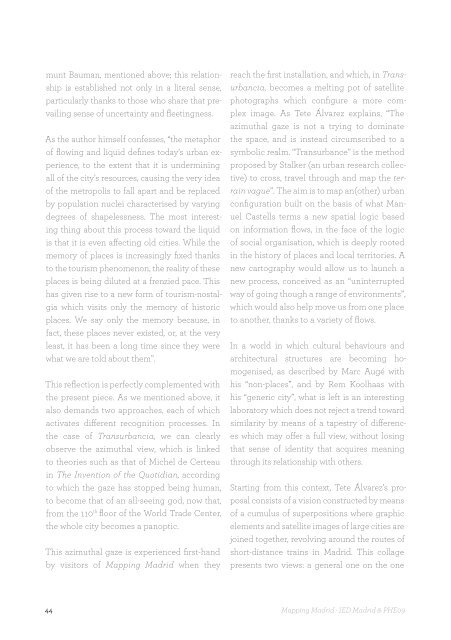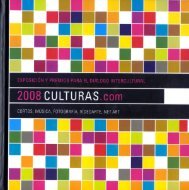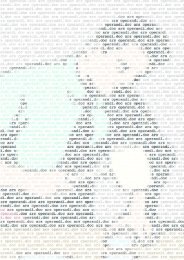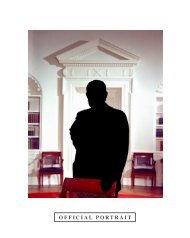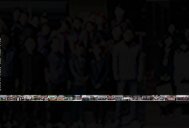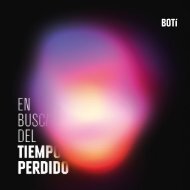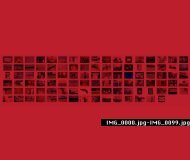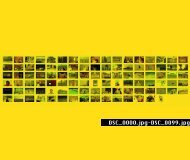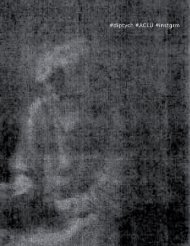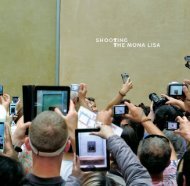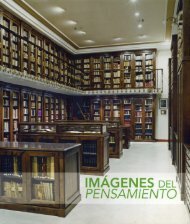Mapping Madrid. IED Madrid. PhotoEspaña 2009
Catálogo de la exposición de Tete Álvarez en el Palacio de Altamira de Madrid. Textos: Pablo Jarauta. Pedro Medina
Catálogo de la exposición de Tete Álvarez en el Palacio de Altamira de Madrid. Textos: Pablo Jarauta. Pedro Medina
- TAGS
- arte contemporáneo
You also want an ePaper? Increase the reach of your titles
YUMPU automatically turns print PDFs into web optimized ePapers that Google loves.
munt Bauman, mentioned above; this relationship<br />
is established not only in a literal sense,<br />
particularly thanks to those who share that prevailing<br />
sense of uncertainty and fleetingness.<br />
As the author himself confesses, “the metaphor<br />
of flowing and liquid defines today’s urban experience,<br />
to the extent that it is undermining<br />
all of the city’s resources, causing the very idea<br />
of the metropolis to fall apart and be replaced<br />
by population nuclei characterised by varying<br />
degrees of shapelessness. The most interesting<br />
thing about this process toward the liquid<br />
is that it is even affecting old cities. While the<br />
memory of places is increasingly fixed thanks<br />
to the tourism phenomenon, the reality of these<br />
places is being diluted at a frenzied pace. This<br />
has given rise to a new form of tourism-nostalgia<br />
which visits only the memory of historic<br />
places. We say only the memory because, in<br />
fact, these places never existed, or, at the very<br />
least, it has been a long time since they were<br />
what we are told about them”.<br />
This reflection is perfectly complemented with<br />
the present piece. As we mentioned above, it<br />
also demands two approaches, each of which<br />
activates different recognition processes. In<br />
the case of Transurbancia, we can clearly<br />
observe the azimuthal view, which is linked<br />
to theories such as that of Michel de Certeau<br />
in The Invention of the Quotidian, according<br />
to which the gaze has stopped being human,<br />
to become that of an all-seeing god, now that,<br />
from the 110 th floor of the World Trade Center,<br />
the whole city becomes a panoptic.<br />
This azimuthal gaze is experienced first-hand<br />
by visitors of <strong>Mapping</strong> <strong>Madrid</strong> when they<br />
reach the first installation, and which, in Transurbancia,<br />
becomes a melting pot of satellite<br />
photographs which configure a more complex<br />
image. As Tete Álvarez explains, “The<br />
azimuthal gaze is not a trying to dominate<br />
the space, and is instead circumscribed to a<br />
symbolic realm. “Transurbance” is the method<br />
proposed by Stalker (an urban research collective)<br />
to cross, travel through and map the terrain<br />
vague”. The aim is to map an(other) urban<br />
configuration built on the basis of what Manuel<br />
Castells terms a new spatial logic based<br />
on information flows, in the face of the logic<br />
of social organisation, which is deeply rooted<br />
in the history of places and local territories. A<br />
new cartography would allow us to launch a<br />
new process, conceived as an “uninterrupted<br />
way of going though a range of environments”,<br />
which would also help move us from one place<br />
to another, thanks to a variety of flows.<br />
In a world in which cultural behaviours and<br />
architectural structures are becoming homogenised,<br />
as described by Marc Augé with<br />
his “non-places”, and by Rem Koolhaas with<br />
his “generic city”, what is left is an interesting<br />
laboratory which does not reject a trend toward<br />
similarity by means of a tapestry of differences<br />
which may offer a full view, without losing<br />
that sense of identity that acquires meaning<br />
through its relationship with others.<br />
Starting from this context, Tete Álvarez’s proposal<br />
consists of a vision constructed by means<br />
of a cumulus of superpositions where graphic<br />
elements and satellite images of large cities are<br />
joined together, revolving around the routes of<br />
short-distance trains in <strong>Madrid</strong>. This collage<br />
presents two views: a general one on the one<br />
hand, allowing us to see the Indian peninsula<br />
surrounded by water, and, on the other hand, a<br />
much more approachable perspective, which<br />
triggers recognition processes and new ways<br />
of understanding a space which is now seen as<br />
connected to other realities.<br />
We can recognise the regular planimetries of<br />
European cities next to the diffuse urban maze<br />
of other large “non-rationalised” metropolis,<br />
which have been taken over by a more natural<br />
and chaotic expansion. Different scales and<br />
eras are intertwined, and we can identify the<br />
Vatican, Caracas and <strong>Madrid</strong>, among many<br />
other places, but it is most meaningful when<br />
it combines unexpected, or somewhat familiar,<br />
elements, as happens when a “real” river and a<br />
motorway come across the graphics showing<br />
the <strong>Madrid</strong> short-distance trains.<br />
As one would expect, the construction of new<br />
connections and meanings is multiplied as<br />
we delve deeper into the image, focusing on<br />
India (as a shape, and as a consequence of its<br />
railway map) and <strong>Madrid</strong> (which appears as<br />
a historic map, through satellite photos and<br />
its short-distance railway network). However,<br />
the main result of this confluence of flows<br />
and spaces is a metaphor of the journey as<br />
a huge image.<br />
This would seem consistent, when considering<br />
reality as something fleeting and “in transit”.<br />
A form of representation emerges once<br />
again, in accordance with our analysis of the<br />
essential characteristics of the current moment,<br />
a universe which is constantly redefining<br />
collective relationships and identities, in<br />
order to establish a forum in which to experience<br />
these transformations and discuss them<br />
from a range of points of view.<br />
This opens up a whole gamut of possibilities<br />
for what could be described as “migratory<br />
aesthetics” or those centred on the idea of<br />
the journey, precisely because contemporary<br />
man is the ultimate traveller; a rootless, fateless,<br />
individual, doomed to wandering the<br />
world in search of certainties which cannot<br />
be attained. Perhaps all we can do is adopt<br />
the form of transit which offers unpredictability,<br />
the dispersion of paths, the asymmetry<br />
of all journeys and the mixing of customs<br />
and languages.<br />
All in all, we hope that <strong>Mapping</strong> <strong>Madrid</strong> has<br />
contributed to the reflection on the language<br />
chosen to narrate this reality, discovering that<br />
these representations reveal the richness contained<br />
in many fragments of subjectivity, and<br />
offering a brief example of how the idea of the<br />
map can be redefined through the new media<br />
and collaborative actions.<br />
Therefore, we have chosen the electronic<br />
image as the format which is best suited to<br />
reflecting the fleetingness of that moment,<br />
capturing for an instant the undefined flowing<br />
of life and the way individuals who seek<br />
a discourse that expresses the experience of<br />
a universe which is no longer a shelter are<br />
cast adrift. The metaphor of the journey thus<br />
becomes an ideal mechanism with which to<br />
perceive the contemporary experience, and<br />
this exhibition returns to it in order to rest for<br />
a moment in a setting, <strong>Madrid</strong>, where it can<br />
remain open and susceptible to new views<br />
and interpretations.<br />
44 <strong>Mapping</strong> <strong>Madrid</strong> · <strong>IED</strong> <strong>Madrid</strong> & PHE09<br />
<strong>Mapping</strong> <strong>Madrid</strong> · <strong>IED</strong> <strong>Madrid</strong> & PHE09 45


